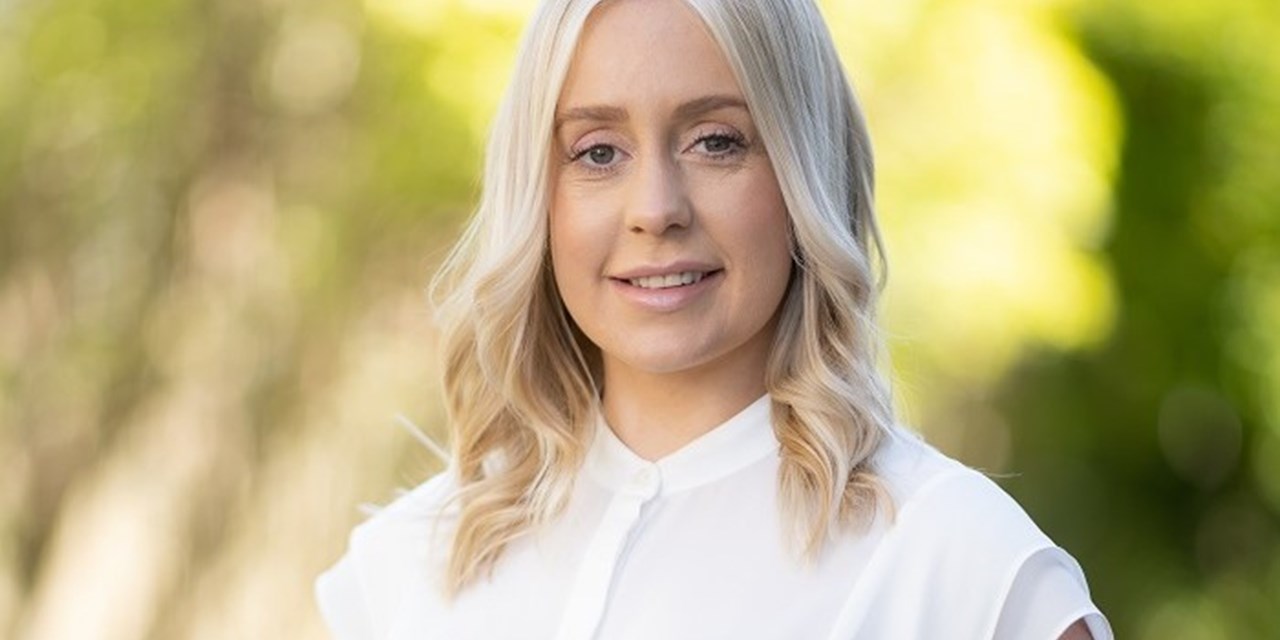Country Selector: United Kingdom
Sophie Evans, a former critical care nurse and now a clinical consultant for health communications specialist, Ascom UK, explores how the technology we take for granted in our homes could soon transform hospital wards.

Patient data is one of the NHS’ most valuable assets, but the collection and dissemination of the insight it can offer takes an incredible amount of resource and time.
According to the Royal College of Nursing an estimated 2.5 million hours are spent every week by nurses completing paperwork.
Recording patient and health data is of course vital, both for the provision of immediate care and for longer term population health. But, when the NHS is already overburdened and nursing time is at a premium, technology is increasingly being turned to for support.
And interestingly, the technology that could play a big part in streamlining how patient data is captured in a hospital is something most of us already have in our home.
Ambient intelligence in its simplest form is technology that is sensitive to the presence of people. Through sensors, it can track movement, and with voice recognition, it can record data and respond to enquiries.
In our homes, when we ask Alexa to switch on our lights, remind us about an upcoming dental appointment or place an online order, we’re tapping into ambient intelligence.
But rather than providing just a convenience at home, this same technology is set to transform hospital wards.
Imagine the time that could be saved if nurses didn’t have to return to their station to manually record patient information. But instead, they could vocally feed the data into smart speakers as observations were being taken in a single occupancy room. Or that when a clinician spoke to a patient, the discussion could be documented online in near real time.
Not only can this data save time, but the full recording of the interaction can provide insight into a patient record without adding any administration or taking time away from the provision of care. The nurse or clinician would simply verify it before it is automatically uploaded into a patient’s care record and into workflow management systems.
Smart environments in fast paced healthcare environments such as ICU or A&E could provide clinicians and nurses with those all-important, life-changing minutes.
What’s more, it’s technology that could also help transform the patient experience too.
As hospitals increasingly move away from large, nightingale-style wards to single-occupancy rooms, patients are gaining more privacy, but losing social interaction and stimulus.
For patients that are rehabilitating especially, being bed bound can be quite boring and isolating.
As a former critical care nurse, it’s one thing to manage the health of a patient, it’s quite another to keep their morale up when they feel low or lonely.

Ambient technology such as smart speakers can provide patients with a vital link to the outside world while they convalesce.
Through smart speakers they can call family and friends, listen to the radio, carry out a spot of online shopping, play games and much more. It helps pass the time, give patients independence and a much-needed mood lift when they’re feeling low, keeping their brain active, even if they can’t physically be.
Immobile patients can also ask what’s on the hospital menu for today, when the ward round is due and request when their lights are switched on or off. Simple things, but these are often the questions patients want to ask but don’t like to trouble nurses with.
And it can help aid in the patient’s recovery, providing added reminders about when it’s time for post-surgical exercise to be carried out or when they’re physiotherapy session is due. It can also help track pain management insight, asking for patients to rate their pain levels throughout the day.
The technology, already a success within our homes, is being levelled up for clinical use. It’s evolving beyond being a virtual assistant by helping create a two-way communication channel between patient and ward staff.
For example, a patient’s verbal request for pain medication via the smart speaker can now be processed directly to a nurse as an action via a smart handset. What’s more, there’s a feedback loop that not only lets the patient know someone has received the response, but that pain medication is on its way.
It’s technology that we’re already starting to see being used across long-term care and there’s no reason why it can’t play a valuable role in primary care too – helping to ease mounting pressure on GP practices who will shortly be required to serve up their records to patients through the Accelerated Access programme.
It's a trend we’ve seen time and time again in health innovation – systems that are designed for consumer use are adapted, enhanced and refined for clinical use, with ambient intelligence set to be the next gamechanger across the whole healthcare estate.
This article has been published on Building Better Healthcare.